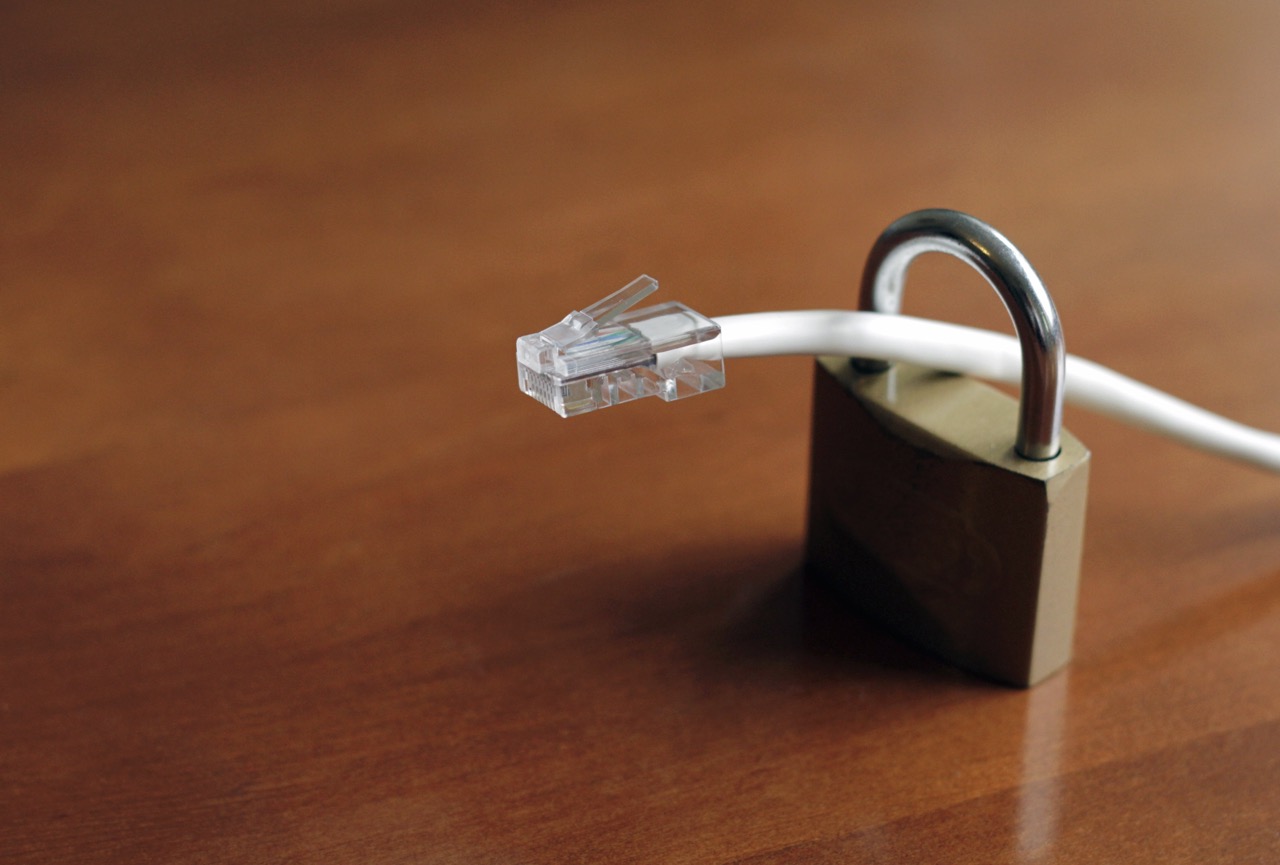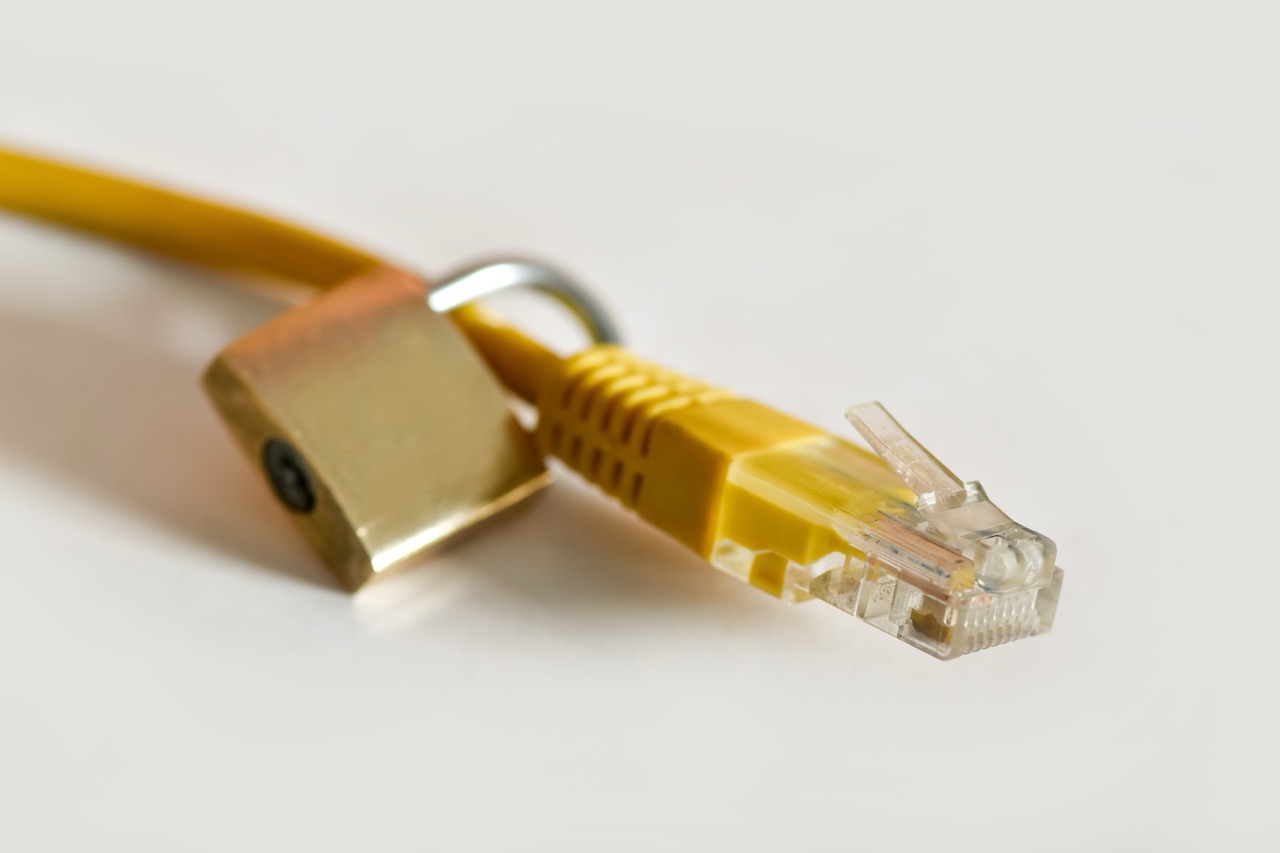Virtual Private Networks (VPNs) are essential tools for enhancing online privacy and security, particularly on mobile devices. However, users often encounter connection issues that can hinder their experience. Understanding how to troubleshoot these problems effectively can save time and ensure continuous access to protected networks. This article outlines practical steps to diagnose and resolve common VPN connection issues on mobile devices.
Understanding Common VPN Connection Problems on Mobile Devices
VPN connection problems can manifest in various forms, including failure to connect, intermittent disconnections, or slow performance. These issues may arise from multiple factors such as network settings, server issues, or software conflicts. Identifying the root cause is crucial to implementing an effective solution. Users should keep in mind that mobile devices often rely on cellular networks or Wi-Fi, which can introduce unique challenges.
One frequent issue is the inability to establish a stable VPN connection due to weak signals, either from the Internet Service Provider (ISP) or local Wi-Fi. Such disruptions can prevent data packets from reaching the destination server. Additionally, mobile devices may struggle with VPN protocols that are not optimized for their operating systems or hardware, further complicating connectivity.
Lastly, many users overlook potential conflicts with other applications or security features on their devices, such as firewalls and antivirus software. These can interfere with the VPN’s ability to create a secure tunnel and may require adjustments or temporary disabling to restore functionality. Understanding these common problems is the first step in effectively troubleshooting VPN connection issues on mobile devices.
Initial Checks: Is Your Mobile Device Connected to the Internet?
Before diving into more complex troubleshooting, it is essential to verify that your mobile device has a stable Internet connection. This foundational check can often save considerable time and effort. Begin by ensuring that you are connected to either a Wi-Fi network or a reliable cellular data network. A simple test of browsing the Internet or using other online applications can help confirm connectivity.
If your device is connected but still facing issues, consider restarting both your mobile device and your router. This refresh can solve temporary glitches that may be affecting your connection. Additionally, verify that other devices on the same network are able to connect to the Internet; this can help isolate whether the issue is specific to your device or the network itself.
In some cases, network configurations may require adjustments. For example, ensuring that Airplane Mode is disabled and that mobile data is enabled can resolve connectivity dilemmas. Taking these initial steps can streamline the troubleshooting process, allowing you to focus on the VPN configuration if Internet access is confirmed.
Verifying VPN Settings: Configuration and Account Credentials
Once you have established that your mobile device is connected to the Internet, the next step is to verify your VPN settings. Start by checking your VPN configuration details, including the server address, protocol, and authentication methods. Ensure that these settings match the specifications provided by your VPN service provider. Any discrepancies can prevent successful connections.
Additionally, confirm that your account credentials, such as username and password, are correctly entered. It’s not uncommon for users to experience connection issues stemming from incorrect or outdated login information. If your VPN offers multi-factor authentication, ensure that you have completed the necessary steps to authenticate your connection.
If you have recently changed your password or modified your account details, be sure to update your VPN settings accordingly. In some cases, it may be beneficial to remove the VPN profile and re-add it with the correct details. This ensures that any outdated information is purged, potentially resolving connection issues stemming from configuration errors.
Testing VPN Protocols: Switching Between OpenVPN, IKEv2, etc.
VPN services typically offer multiple protocol options, such as OpenVPN, IKEv2, L2TP, and PPTP. Different protocols may perform better in varying scenarios and conditions, so testing alternate protocols can be an effective troubleshooting measure. Start by accessing your VPN app settings to see which protocols are available and switch to a different option to determine if the connection issue persists.
OpenVPN, for instance, is popular for its strong security features and reliability. However, it may not be supported by all mobile carriers or networks. In such cases, switching to IKEv2, which is known for its speed and stability, might yield better results. It’s essential to test various protocols systematically to identify which one works best in your specific environment.
Moreover, consider the implications of changing protocols on your overall security and privacy. While some protocols may offer faster connections, they may compromise encryption strength. Ensure you choose a protocol that balances performance with the level of security you require, particularly if you’re accessing sensitive information over your VPN connection.
Analyzing Network Restrictions: Firewalls and ISP Limitations
Network restrictions can significantly impact your ability to use a VPN on mobile devices. Firewalls imposed by public Wi-Fi networks, such as those in cafes, airports, or schools, may block VPN traffic altogether. In such cases, you may need to switch to a different network or use a mobile data connection for your VPN access. Understanding the network environment you are connecting from is crucial in diagnosing these types of issues.
Additionally, some Internet Service Providers may impose limitations on VPN traffic, resulting in slow speeds or disconnections. Conducting a speed test when connected to the VPN can help identify if your ISP is throttling your connection. If significant discrepancies are noted, contacting your ISP to inquire about their policies on VPN usage may provide clarity and potential solutions.
For users in restrictive regions, employing obfuscated servers or stealth modes offered by some VPN services can help bypass network blocks and firewalls. These features disguise VPN traffic, making it less detectable by network administrators. Analyzing your network’s restrictions and utilizing available tools can enhance your ability to maintain a stable VPN connection on mobile devices.
Updating VPN Apps and Mobile OS: Ensuring Compatibility and Security
Regularly updating your VPN application and mobile operating system is critical for maintaining compatibility and security. Software updates often include essential bug fixes, performance improvements, and new features. Users should routinely check for updates within their VPN app and apply them as necessary. This process can resolve bugs that may be causing connection issues.
Equally important is ensuring that your mobile operating system is up to date. Many VPN providers optimize their applications for the latest versions of operating systems, and using outdated software can result in compatibility challenges. Check the settings menu of your mobile device to confirm that you are using the latest stable version of the operating system available for your device.
In some instances, if you experience ongoing connection issues even after updates, consider reinstalling the VPN app. This step can clear out any corrupt files or settings that may be causing problems. By keeping both your VPN and mobile OS updated, users can enhance security and connectivity, ensuring a smoother experience when accessing VPN services.
Troubleshooting VPN connection issues on mobile devices can be a complex task, but with a systematic approach, users can identify and resolve challenges effectively. By understanding common problems, verifying settings, testing protocols, analyzing network restrictions, and ensuring software updates, users can restore their VPN functionality. Maintaining a secure and reliable connection is essential in today’s digital landscape, and these troubleshooting steps can empower users to achieve seamless access to their virtual private networks.










